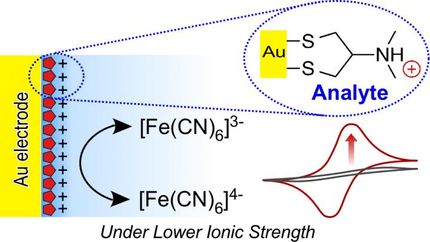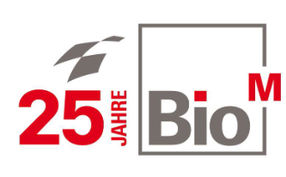European REACH legislation for chemicals may require more animals and funds than estimated
The European Union's REACH (Registration, Evaluation, Authorization and Restriction of Chemical) legislation is intended as a comprehensive safety evaluation for commercial chemicals used in consumer products that are traded in Europe at amounts more than one ton per year. However, implementation of the regulation may require 54 million research animals and €9.5 billion ($13.4 billion) over the next 10 years, which represents 20 times the number of animals and six times the cost anticipated in previous estimates, according to an analysis led by researchers at the Johns Hopkins Bloomberg School of Public Health. Currently, the EU uses approximately 900,000 animals at a cost of €600 million ($847 million) per year to evaluate new chemicals, drugs, pesticides and food additives. A commentary on the research is published in Nature. The full analysis will appear in ALTEX, Alternatives to Animal Experimentation .
"As a toxicologist, I support the aims of REACH — it is the biggest investment into consumer safety ever," said study author, Thomas Hartung, MD, PhD, Doerenkamp-Zbinden Professor and Chair for Evidence-based Toxicology and director of the Center for Alternatives to Animal Testing (CAAT) at the Bloomberg School of Public Health. "However, I am concerned that we have underestimated the scale of the challenge. Investment into developing alternative research methods to meet REACH goals is urgently needed."
According to Hartung and co-author Constanza Rovida, estimates for the number of chemicals to be covered by REACH range from 68,000 to 101,000, which is higher than the earlier estimate of 29,000 chemicals. The analysis was based on the conservative estimate of 68,000 registered chemicals. Results showed that 90 percent of the projected animal use and 70 percent of the projected cost would come from research into reproductive toxicity testing. This often requires that data be collected from two species of test animals and their offspring. The U.S. Environmental Protection Agency regulations do not include two-species provisions.
"A revision of test approaches especially for reproductive toxicity is essential. There is no alternative to REACH, but there will be no REACH without alternatives," said Hartung.
Topics
Organizations
Other news from the department politics & laws

Get the analytics and lab tech industry in your inbox
By submitting this form you agree that LUMITOS AG will send you the newsletter(s) selected above by email. Your data will not be passed on to third parties. Your data will be stored and processed in accordance with our data protection regulations. LUMITOS may contact you by email for the purpose of advertising or market and opinion surveys. You can revoke your consent at any time without giving reasons to LUMITOS AG, Ernst-Augustin-Str. 2, 12489 Berlin, Germany or by e-mail at revoke@lumitos.com with effect for the future. In addition, each email contains a link to unsubscribe from the corresponding newsletter.













































